Brain banks
Recent articles
Exclusive: Recruitment issues jeopardize ambitious plan for human brain atlas
A lack of six new brain donors may stop the project from meeting its goal to pair molecular and cellular data with the functional organization of the cortex.
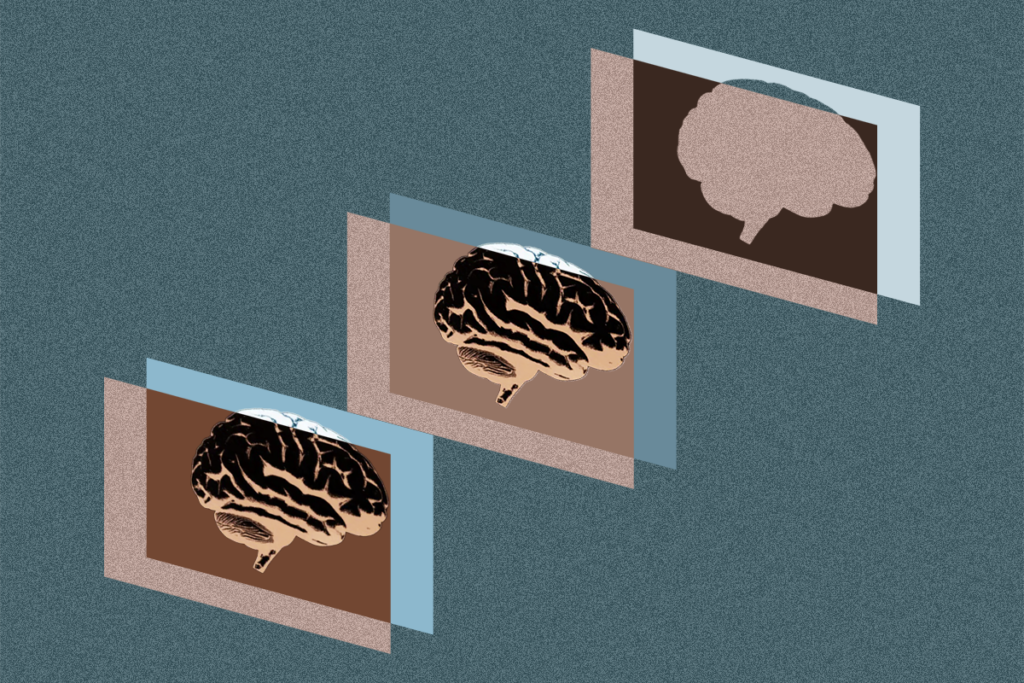
Exclusive: Recruitment issues jeopardize ambitious plan for human brain atlas
A lack of six new brain donors may stop the project from meeting its goal to pair molecular and cellular data with the functional organization of the cortex.
Preprint questions validity of postmortem brain studies
But the alternatives, including living-brain biopsies, raise logistical and ethical questions, experts say.
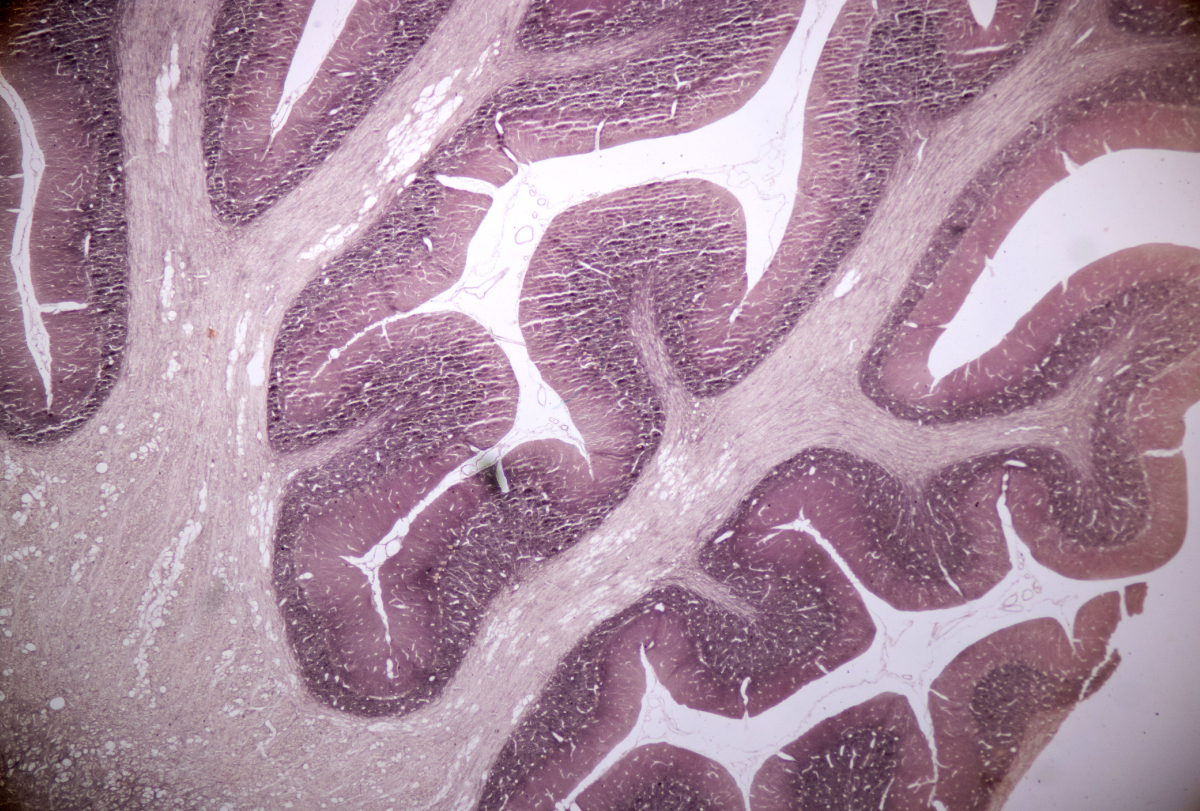
Preprint questions validity of postmortem brain studies
But the alternatives, including living-brain biopsies, raise logistical and ethical questions, experts say.
Diversifying autism brain banks: Q&A with Verónica Martínez-Cerdeño
The postmortem brain tissue available for autism research is overwhelmingly from people of Western European heritage. Verónica Martínez-Cerdeño and her colleagues are working to change that.

Diversifying autism brain banks: Q&A with Verónica Martínez-Cerdeño
The postmortem brain tissue available for autism research is overwhelmingly from people of Western European heritage. Verónica Martínez-Cerdeño and her colleagues are working to change that.
Autism brain bank doubles amount of available tissue
Autism BrainNet, a repository of postmortem brains, has new tissue from more than 150 brains, including 59 from people with confirmed or possible autism.
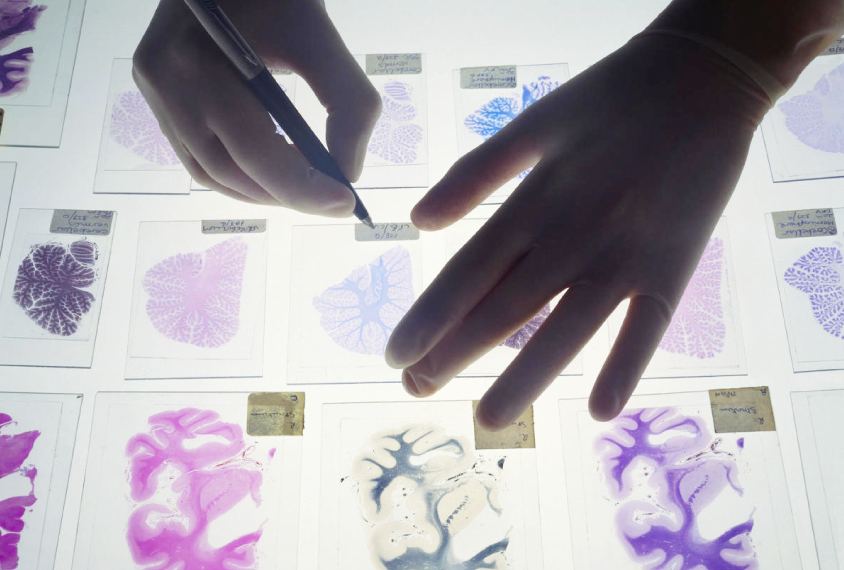
Autism brain bank doubles amount of available tissue
Autism BrainNet, a repository of postmortem brains, has new tissue from more than 150 brains, including 59 from people with confirmed or possible autism.
Analyzing postmortem brains for autism? Proceed with caution
Any study of postmortem brains must control for artifacts, which are pervasive in brain tissue.
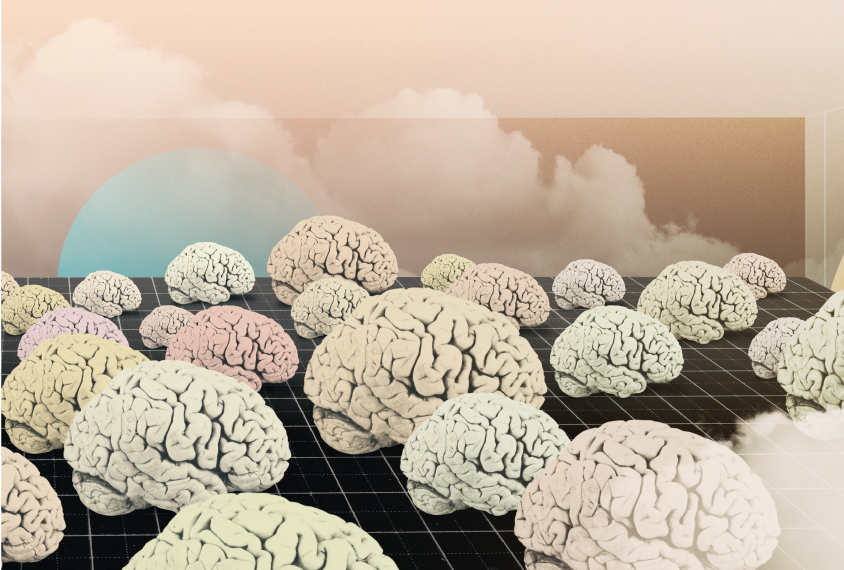
Analyzing postmortem brains for autism? Proceed with caution
Any study of postmortem brains must control for artifacts, which are pervasive in brain tissue.
Internal recordings of human brain may offer insight into autism
A technique called intracranial electroencephalography can reveal brain functions with great sensitivity and may ultimately unearth the underpinnings of autism.
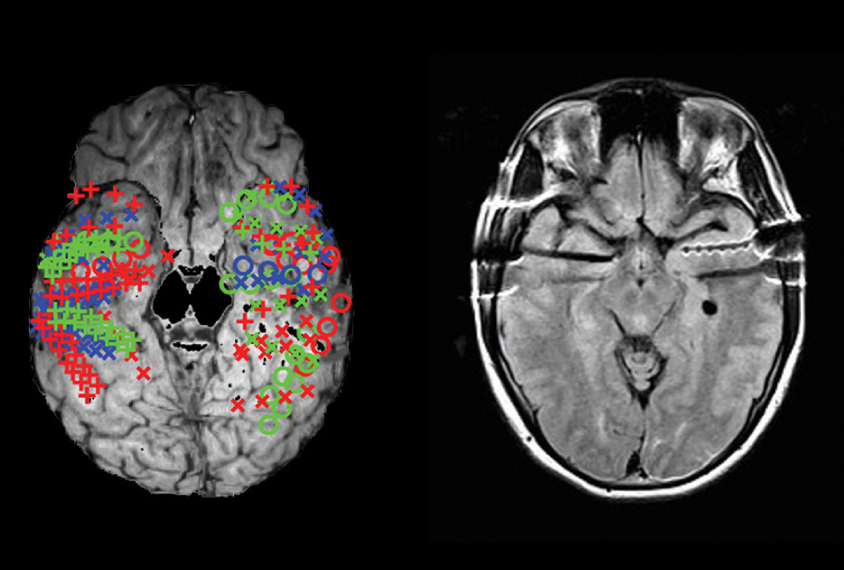
Internal recordings of human brain may offer insight into autism
A technique called intracranial electroencephalography can reveal brain functions with great sensitivity and may ultimately unearth the underpinnings of autism.
Cerebral palsy connection; misleading expressions; multiple maladies and more
New evidence links autism and cerebral palsy at the genetic level, facial expressions tend to mislead, and many health conditions accompany autism.
Cerebral palsy connection; misleading expressions; multiple maladies and more
New evidence links autism and cerebral palsy at the genetic level, facial expressions tend to mislead, and many health conditions accompany autism.
Adult assessment; fragile therapy; neuron nirvana and more
An interview for diagnosing adults on the spectrum clears its first hurdle, a fragile X drug eases multiple features of the syndrome in a mouse model, and a brain bank chronicles the beautiful diversity of neurons.
Adult assessment; fragile therapy; neuron nirvana and more
An interview for diagnosing adults on the spectrum clears its first hurdle, a fragile X drug eases multiple features of the syndrome in a mouse model, and a brain bank chronicles the beautiful diversity of neurons.
Takeaways from SfN 2017
After five days and more than 13,000 abstracts, the Society for Neuroscience annual meeting in Washington, D.C., has drawn to a close.
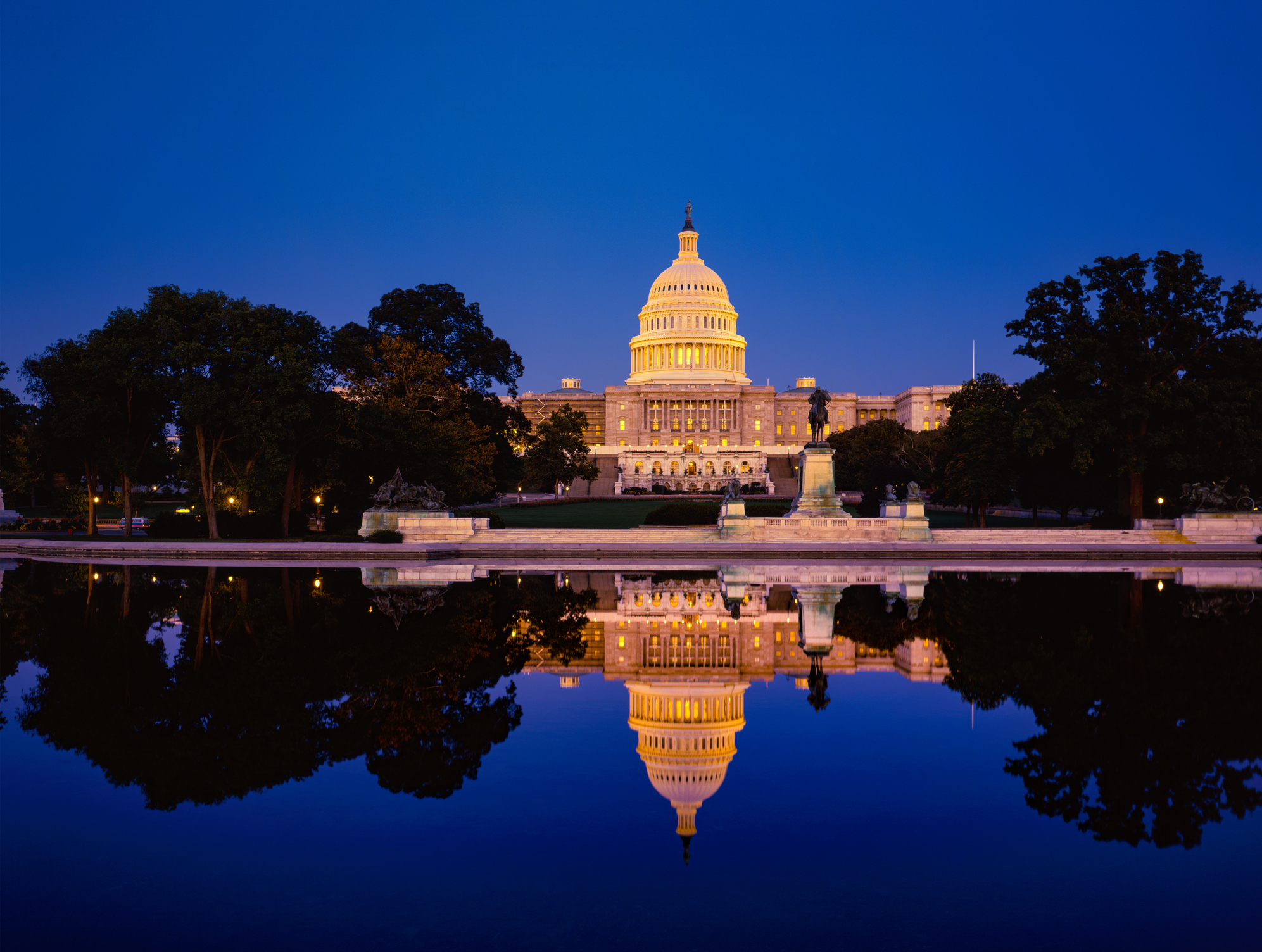
Takeaways from SfN 2017
After five days and more than 13,000 abstracts, the Society for Neuroscience annual meeting in Washington, D.C., has drawn to a close.
Banking on brains for clues to autism
New initiatives aim to increase brain donations for autism research and maximize what scientists can learn from these precious specimens.
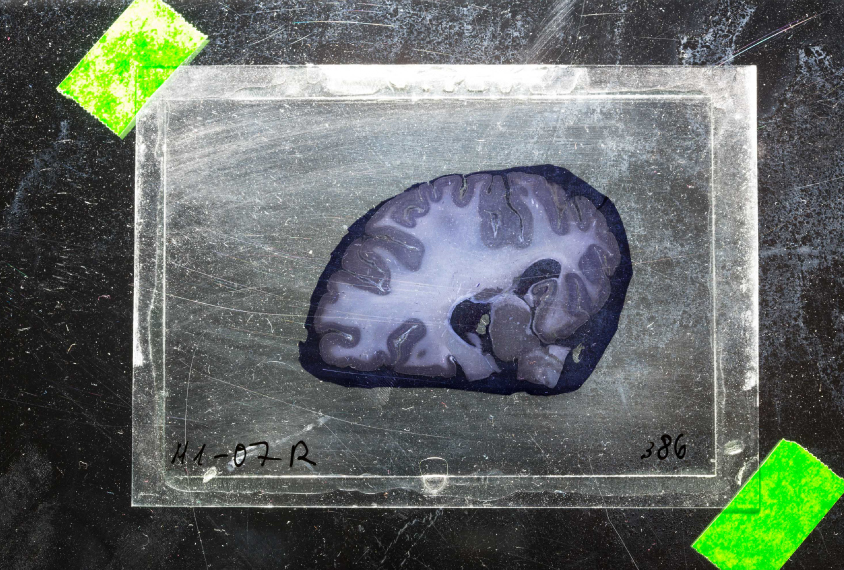
Banking on brains for clues to autism
New initiatives aim to increase brain donations for autism research and maximize what scientists can learn from these precious specimens.
Explore more from The Transmitter
The Transmitter’s most-read neuroscience book excerpts of 2025
Books by Nachum Ulanovsky, Nicole Rust, and Andrew Iwaniuk and Georg Striedter made the list of some of the year's most engaging neuroscience titles.

The Transmitter’s most-read neuroscience book excerpts of 2025
Books by Nachum Ulanovsky, Nicole Rust, and Andrew Iwaniuk and Georg Striedter made the list of some of the year's most engaging neuroscience titles.
Neuroscience’s leaders, legacies and rising stars of 2025
Here are seven stories from the past year about some of the field’s most engaging figures.

Neuroscience’s leaders, legacies and rising stars of 2025
Here are seven stories from the past year about some of the field’s most engaging figures.
The Transmitter’s top news articles of 2025
Check out some of our most-read stories, covering neuroscience funding and policy changes in the United States, and methodological issues in high-profile neuroscience papers.

The Transmitter’s top news articles of 2025
Check out some of our most-read stories, covering neuroscience funding and policy changes in the United States, and methodological issues in high-profile neuroscience papers.